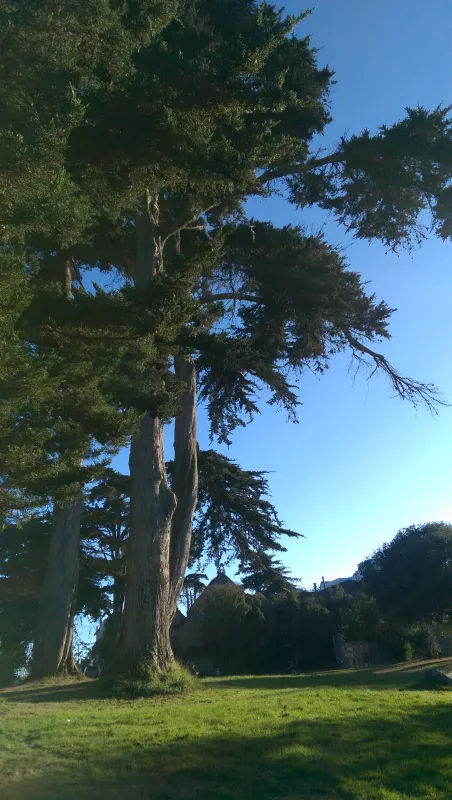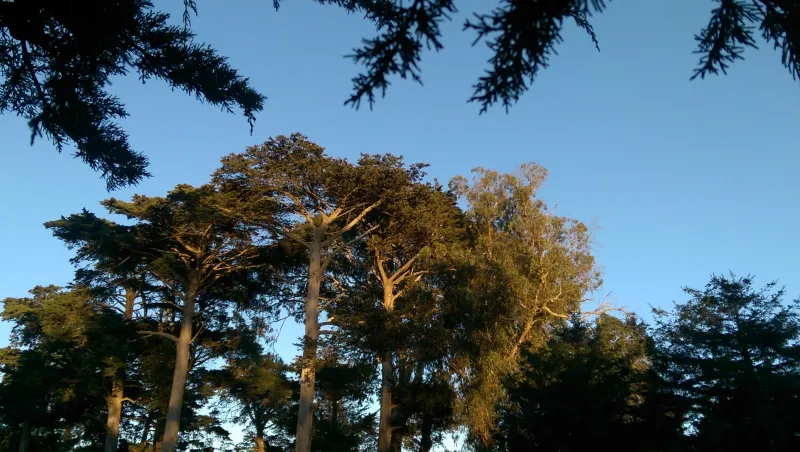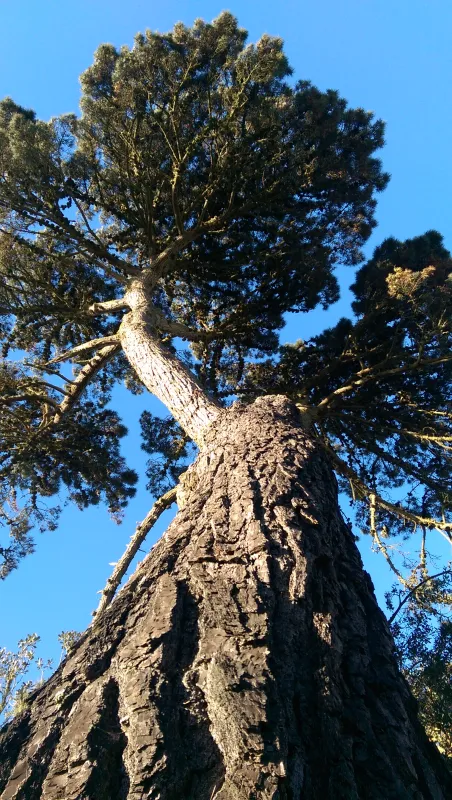Overview of Ecological Performance Measures

California’s forests comprise of a beautiful tapestry of landscapes and ecosystems that are home to a variety of native and non-native plants and wildlife, some of which are endemic to California or even to a smaller geographic scale. Often a mosaic of young and older forest stands provide ideal habitats for multi-phasic species (species that use several forest conditions to meet their various life stage needs). In addition, a mosaic can increase the beta-diversity of an area by providing suitable habitat for more habitat-specific species. For example, in coastal northern California, older forests represent the nesting place for northern spotted owls, while the young stands provide habitat for their primary prey, dusky-footed woodrats (Standiford et al., 2007). Understanding and properly managing mature stands located at the WUI presents a unique set of challenges due to the high fire risk present in those areas. The following section will address general guiding principles for defining and conceptualizing ecological performance measures applicable to mature stands.
One of the first steps in the process of evaluating the current state of an ecosystem is setting appropriate guidelines in assessing its ecological condition. Ecological condition refers to the state of the ecosystem, including its chemical and biological characteristics, and the processes and interactions that connect them. Assessments of ecological conditions compare the current condition (structure, composition, function, diversity) to reference conditions that are often chosen because of the limited amount of extractive practices they have experienced (Stoddard et al., 2006). Due to the complex interactions among various living and non-living components of a landscape, and because ecosystems do not always have clearly defined boundaries, it is essential to thoroughly study the characteristics of an ecological system in terms of its structure, composition, function, and associated ecological processes.
Clearly, defining baselines based on present or past conditions presents a judgment of the value of the desired conditions. One way to lessen this judgment is to use the historic variation in ecological conditions as a baseline. Even though historic range of variation and natural range of variation refer to slightly different states, in order to define the natural range of variation we often look at historic ecosystem conditions and ecological processes, as it is difficult to define “natural,” particularly in the context of the Anthropocene. The historical range of variation is a description of the change over time and space in the ecological condition of potential natural vegetation types and the ecological processes that shape them (The Nature Conservancy, 2006). That is, an ecological performance measure can be said to be satisfactory if it remains within the range of natural variation. For example, if assuming the performance measure is a measure of species richness, and this number stays within its historical high and low point, it may be judged to be satisfactory. Of course there are many issues with using the natural range of variation as a baseline. One of the biggest problems is that in order to have a range that accurately reflects the system, long term datasets are needed. While there may be long term data available for some indicators (such as the Forest Inventory and Analysis (FIA) data) for many indicators of interests there is limited insufficient temporal and spatial information for this approach to be useful.
Both choosing a historical baseline and relying on the natural range of variation as the bases of ecological performance measure assumes that past conditions are similar to future conditions. In the case of increased climate uncertainty, it is unlikely that this is actually the case. For instance, climatic variations in some parts of the state may increase, while in other areas they may decrease. In other parts of the state, such variations may remain relatively low. In addition, the rates and magnitude of change likely will vary among different locations and forest types. Predicted effects of climate change (Thorne et al., 2016) for different forest types should be considered when using historical baselines, or applying the concept of natural range of variation (Thorne et al., 2016). For areas with changing climate effects, comparing the current situation to a historical baseline, or to a range of variation based on a past climate, may not be useful unless those effects can be readily accounted for. It may be the case that despite perfect appropriate management practices, some historical conditions simply cannot be once again reached. A similar critique can be made for landscapes that have been heavily modified for human use, such as agricultural areas.

An important concept when designing strategies to manage and maintain the health of mature trees stands is recognizing the importance of maintaining a range of tree ages as much as possible. Since, various plants and animals rely on different forest ecosystem “stages” to meet their habitat needs, it is believed that the greater the divergence of managed stands from their natural age class or “seral stage” distribution patterns, the greater is the risk of loss to biodiversity (Yearsley and Parminter, 1998).
A “sere” is the series of biotic communities formed by the process of ecosystem development called succession. In forested landscapes, the various vegetation communities that occupy disturbed sites and make up a sere are called “seral stages.” Seral-stage communities consist of vegetation types that are adapted to the site’s particular set of physical and biotic conditions. In the unmanaged forested landscape, various natural disturbance agents (such as fire, wind throw, landslides, and insects) are responsible for creating forests containing a full range of stand ages (Yearsley and Parminter, 1998). Therefore, the vegetation indicator plays a crucial role in helping forest managers to extrapolate other forest health indicators on broader areas, and assess trends over time with respect to forest’s response to stressors such as pollution, changes in land use, and disturbance events (USDA Forest Service, 2005).

There are a number of forest ecosystem health indicators that can be used to assess the ecological condition of a forest ecosystem, and that can contribute to the effective development of ecological performance measures. Depending on the spatial scale used, indicators range from changes in dissolved oxygen and specific conductivity, to larger dimension indicators such as the area and percent of forestland with significant compaction resulting from human activities (an example of a Montreal process indicator).
First developed in 1994, the Montreal Process, a voluntary agreement between a twelve countries, developed a framework for monitoring, assessing and reporting forest conditions, with the goal of ensuring sustainable forest management (Technical Notes on Implementation of the Montreal Process Criteria and Indicators, 2009). Some indicators developed through the Montreal Process which may be applied to developing ecological performance measures include: area and percent of forest affected by biotic processes and agents (e.g., disease, insects, invasive species) beyond reference conditions; area and percent of forest affected by abiotic agents (e.g., fire, storm, land clearance) beyond reference conditions, and forest fragmentation (indicator that provides information on the extent to which forests are being fragmented over time by human activities and natural processes) (Technical Notes on Implementation of the Montreal Process Criteria and Indicators, 2009).
